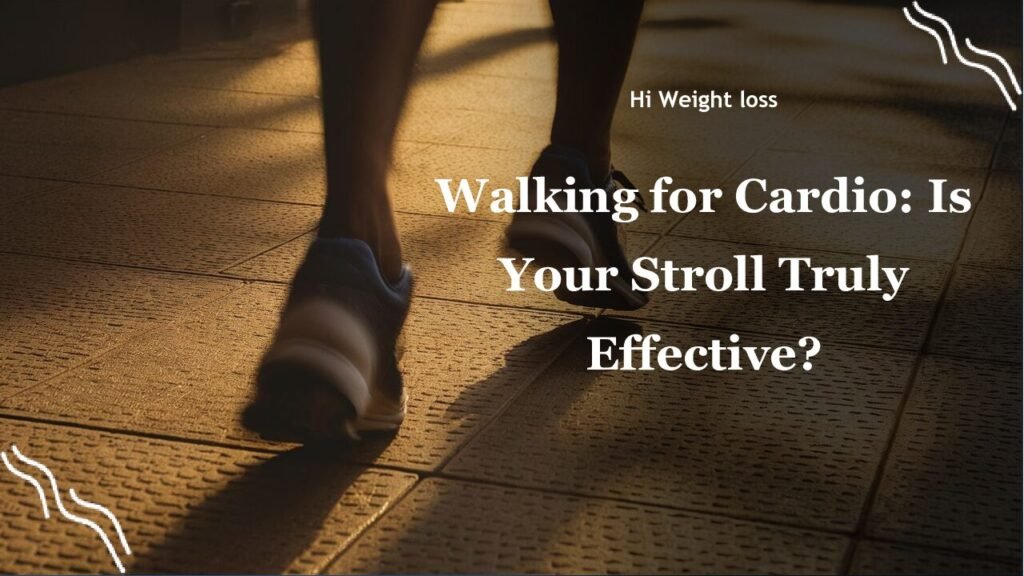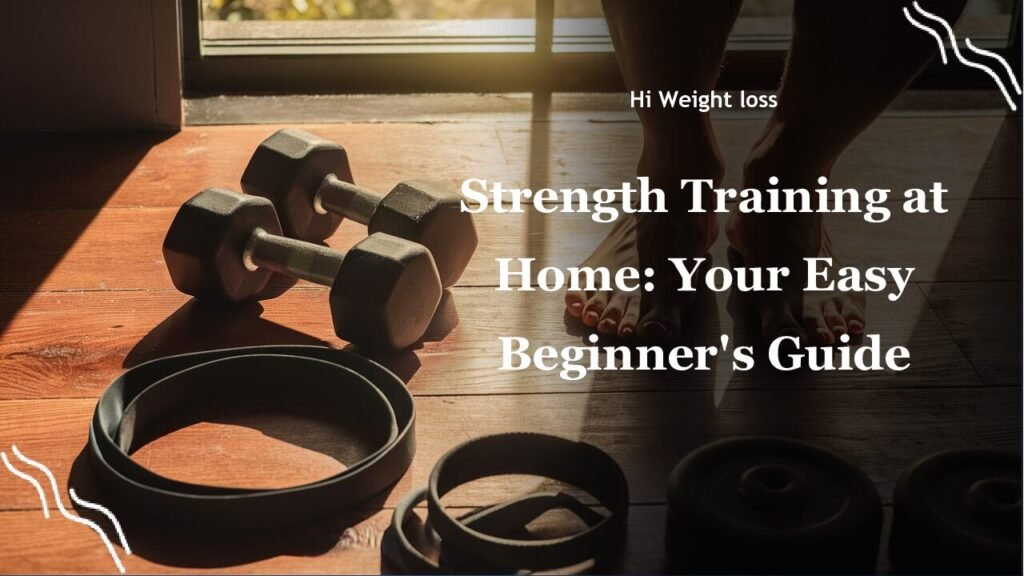“`
Feeling like you need a cardio boost but dread the thought of a grueling gym session? It’s a common struggle, and many wonder if a simple walk can truly cut it. The good news is, it absolutely can! This article will delve into how walking can be a fantastic form of cardio, exploring the science behind it and offering practical tips to maximize its benefits, ultimately helping you get the most out of every step.
Can Walking Count as Cardio? Unveiling the Truth
You might be surprised to learn that your daily stroll can contribute significantly to your cardiovascular health. The question “is walking a good cardio workout?” often pops up, and the answer is a resounding yes, provided you’re doing it right. Let’s explore why.
What Makes an Exercise “Cardio”?
Before we dive deeper, let’s define what cardio actually means. Cardiovascular exercise, often shortened to “cardio,” is any activity that elevates your heart rate and breathing, strengthening your heart and lungs. It’s about challenging your cardiovascular system. When we talk about whether something is cardio, we’re really asking, “Does it get our heart pumping?”
The Science of Walking as Cardio
The key to walking being a form of cardio lies in its intensity. A leisurely stroll might not cut it, but a brisk walk certainly can. Think of it this way, can brisk walking be considered cardio? Absolutely! The American Heart Association emphasizes the importance of regular physical activity, including walking, for reducing the risk of heart disease. They recommend at least 150 minutes of moderate-intensity aerobic activity each week, which is easily achievable through walking. Even a daily 20-minute walk can make a difference.
My own journey with walking as cardio began when I was recovering from an ankle injury. I couldn’t jump into high-impact workouts, so I started with daily brisk walks. I was amazed at how quickly I noticed an improvement in my energy levels and overall mood. It wasn’t about going fast, it was about consistent effort and pushing myself a little bit each time.

How to Make Your Walks Count as Cardio
Now, how do we make sure our walks are effective cardio workouts? It’s all about increasing the challenge. Experts from Women’s Health and Peloton point out that you need to elevate your heart rate. Here are a few ways to do it:
- Increase Your Pace: Don’t just stroll. Aim for a brisk walk where you feel your heart rate increase and your breathing becomes slightly heavier.
- Add Inclines: Walking uphill, whether it’s a natural hill or a treadmill incline, significantly ramps up the challenge, engaging more muscles.
- Try Power Walking: Engage your core and pump your arms as you walk to increase intensity and get more muscle activation.
- Incorporate Intervals: Alternate between periods of faster walking and periods of slower recovery walking to add more challenge.
The Benefits of Walking for Cardiovascular Health
Walking, especially when done with the proper intensity, can bring a plethora of health benefits. It improves blood circulation, strengthens the heart muscle, and helps to manage blood pressure. Regular walking can also help you manage weight, improve mood, and reduce stress. In fact, the American Heart Association emphasizes that walking is a critical part of a heart-healthy lifestyle.
I’ve seen this firsthand when encouraging friends to take up walking. One friend, who had been struggling with stress and low energy, transformed after incorporating 30-minute brisk walks into their routine. Not only did they shed a few pounds, but their mood and energy levels soared. It’s amazing what a simple walk can do.
Is Moderate-Intensity Walking Effective for Cardiovascular Health?
You might be wondering about the effectiveness of moderate-intensity walking. The answer is a solid yes! Is moderate-intensity walking effective for cardiovascular health? Research shows that consistent moderate-intensity exercise provides significant health benefits. Moderate intensity, in this context, means walking at a pace that gets your heart rate up and makes you breathe a little harder but still allows you to hold a conversation.
Walking vs. Other Forms of Cardio
While running and high-intensity interval training (HIIT) can certainly provide excellent cardiovascular workouts, walking often comes out on top as one of the easiest forms of cardio for individuals of all fitness levels, and it’s an activity that’s accessible to most. Here’s a quick comparison:
| Feature | Walking | Running | HIIT |
|---|---|---|---|
| Impact | Low | High | High |
| Accessibility | High | Moderate | Moderate |
| Risk of Injury | Low | Moderate | Moderate to High |
| Equipment Needs | Minimal | Minimal (Good Shoes) | Minimal |
Conclusion
So, can walking count as cardio? The answer is an unequivocal yes, when done with the right intensity. Whether you’re adding brisk walks to your routine, tackling hills, or trying interval walking, this simple activity can be a potent tool for improving your cardiovascular health. Remember, it’s not about going fast all the time, it’s about making a consistent effort and pushing yourself just enough. My experience and those of others I’ve seen demonstrate that walking isn’t just a low-impact activity, but rather it’s a powerful pathway to a healthier heart and a happier life. So, lace up those shoes and get walking! Share this article with someone you know who could benefit from incorporating more walking into their routine.
FAQ
How fast should I walk to get a cardio workout?
Aim for a brisk pace where you feel your heart rate increase and your breathing becomes heavier. You should still be able to hold a conversation, but it should be a little challenging.
How many times a week should I walk for cardio benefits?
The American Heart Association recommends at least 150 minutes of moderate-intensity aerobic activity each week. Aim for at least 30 minutes of walking on most days of the week.
Can walking on a treadmill count as cardio?
Yes! Walking on a treadmill can absolutely count as cardio, especially if you incorporate inclines or vary your speed.
Is walking as good as running for cardio?
Both are great for cardio! Walking is a low-impact option that’s gentler on your joints. Running is higher impact and can burn more calories but comes with a higher risk of injury. Choose the activity that suits your needs and fitness level.
What are some ways to make walking more engaging?
Listen to music, podcasts, or audiobooks while you walk. Explore new routes, walk with a friend, or join a walking group to make it more enjoyable.
“`



